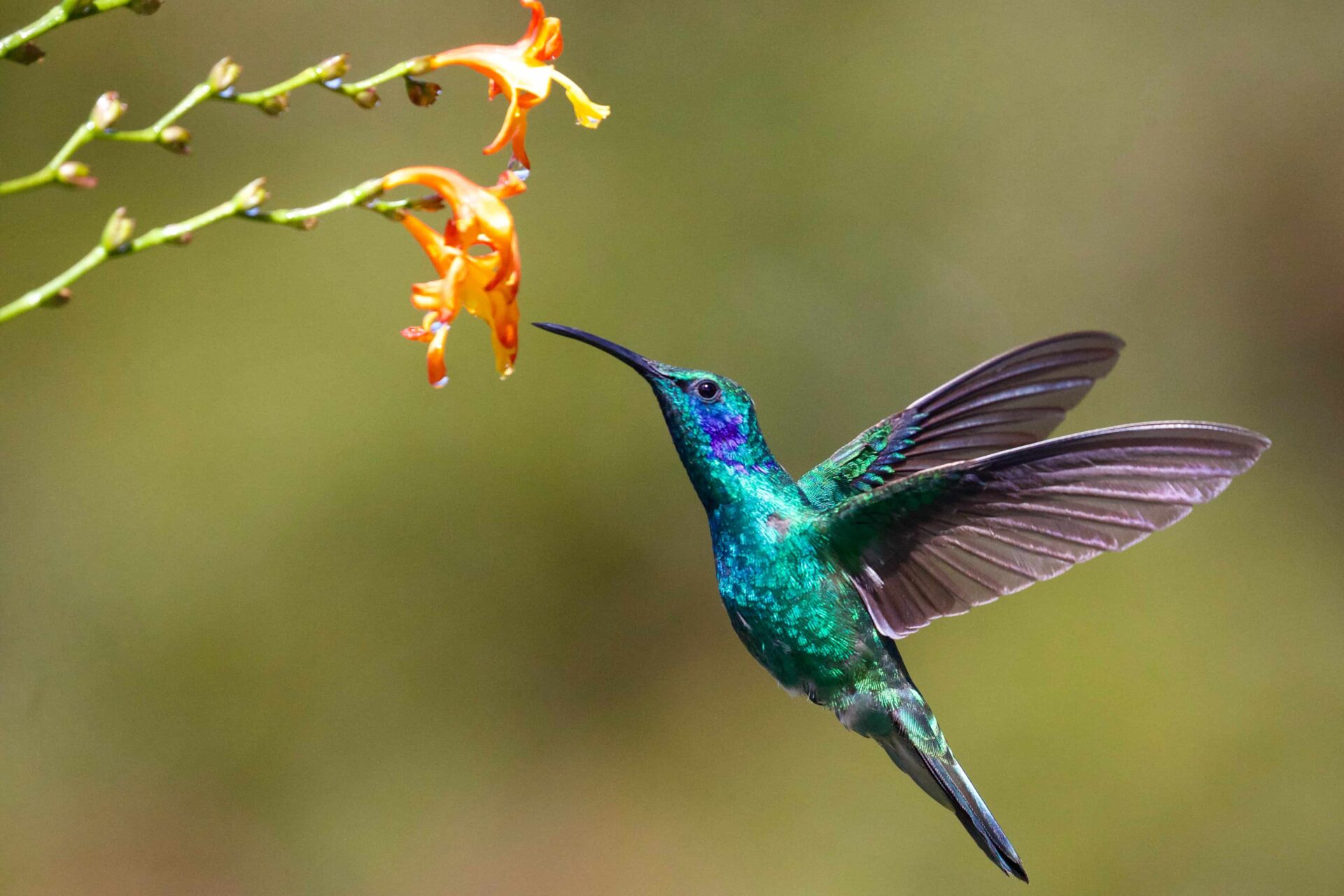We all delight in seeing a colourful sunbird flit into our garden to visit some flowers, especially when one of the shyer species comes through. Have you thought about why some sunbirds are common in gardens while others are so rare? And whether they will disappear as urban development increases?
These questions are important to us if we are to enjoy the presence of sunbirds and other nectarivorous birds in our gardens. But the questions are far more important to plants, because nectar-feeding birds pollinate specific plants, enabling them to produce seeds. This mutual relationship fosters plants dependent on the birds, while the birds in turn rely on the plants for food.
As cities grow, they tend to crowd out natural areas, and residential areas are of- ten avoided by birds. If the development of towns and cities means that nectar- bearing plants and nectar-feeding birds become isolated in small fragments of natural habitat, both birds and plants will suffer. However, urban areas with gar- dens can be made less hostile and some brave or adaptable birds will enter and use these new habitats.


